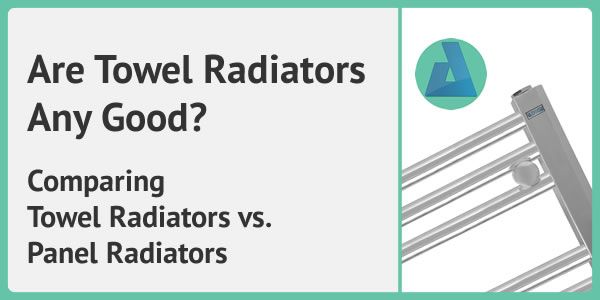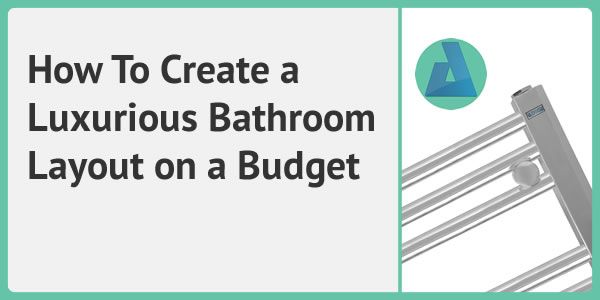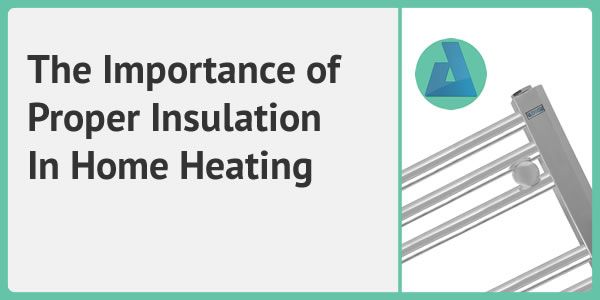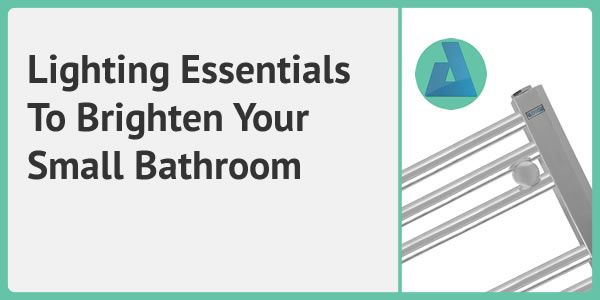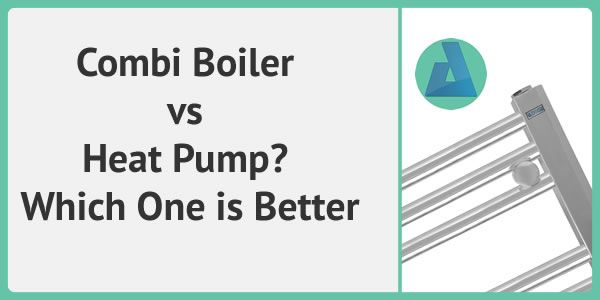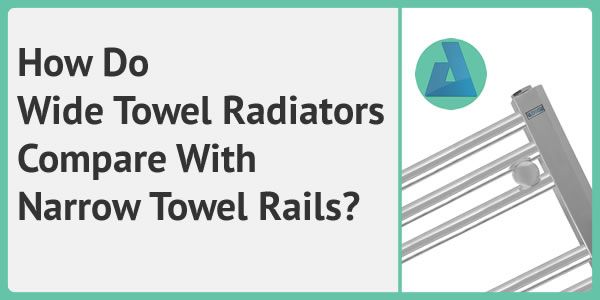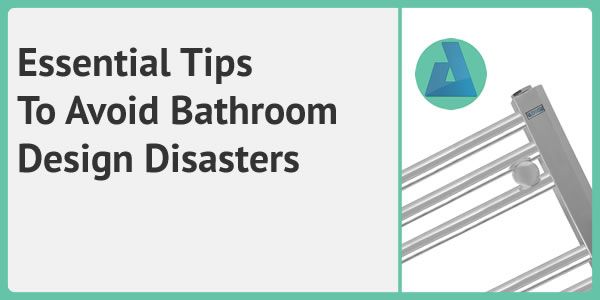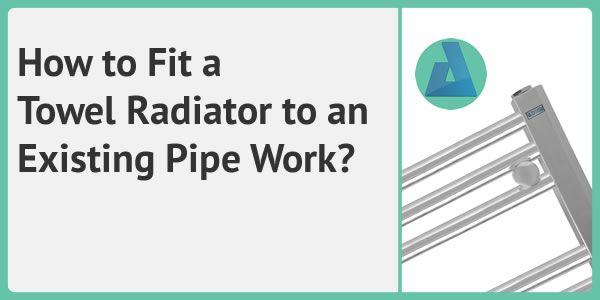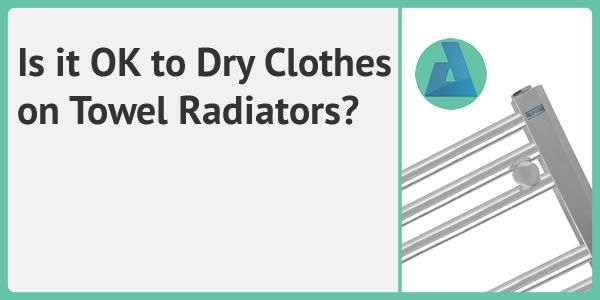Welcome to ADIGE Towel Radiators Blog which is updated by our experienced team on a regular basis. As well as offering you a wide range of products, we also wish to communicate in real time with our web site visitors and customers.
Here you will find useful information on towel radiators and heated towel rails, ask questions about our products & services and get prompt answers to your queries.
With over 20 years of experience in our field, this blog is our perfect solution to share this hard earned and gained experience in the world of heated towel rails. We have plenty of How to Guides, tips and general advice on home improvements, bathroom renovations, heat requirements and designer towel radiators.
You may find these great posts and articles by following the links under popular blog tags or by following the links under blog archive. For your convenience below are the direct links to those 10 most recent posts.
When choosing heating solutions for your bathroom, two popular options are towel radiators and standard panel radiators. But which one is right for you? In this guide, we’ll compare their pros and cons, efficiency, and ideal use cases backed by data and expert insights.
There's never been a better time to think about upgrading your central heating system. Whether you're looking to improve energy efficiency or simply update your old setup, there are several factors you need to take into account. From choosing the right type of boiler to assessing your home's insulation, this guide will help you navigate the options available to ensure your home stays warm and cosy all year round. Let's investigate into the important considerations that will make your upgrade a success!
This guide will show you how to transform your bathroom into a stylish retreat without overspending. By focusing on smart layout choices, affordable upgrades, and clever design tricks, you can achieve a high-end look that fits your budget. From strategic lighting to budget-friendly but funky towel rails, we’ll walk you through simple steps to elevate your space. Whether you’re renovating or just refreshing, these ideas will help you create a bathroom that feels luxurious and inviting—all while keeping costs in order. Let’s dive in and make your dream bathroom a reality!
There's a direct link between your home's insulation and how efficiently it stays warm during colder months. Without proper insulation, heat escapes easily, forcing your heating system to work harder and driving up energy costs. You can improve comfort and reduce expenses by ensuring walls, attics, and floors are well-insulated. Proper insulation also helps maintain consistent temperatures, preventing drafts and cold spots. Whether you're building new or upgrading an existing home, investing in quality insulation pays off in long-term savings and better energy efficiency. Your home—and your wallet—will thank you.
Essentials for a well-lit small bathroom start with smart lighting choices that enhance both function and style. You want your space to feel open, inviting, and free of shadows, so layering light is key. From sleek vanity fixtures to overhead LEDs, the right mix can make your bathroom appear larger and more polished. Let’s explore simple yet effective lighting ideas to transform your compact bathroom into a bright, welcoming retreat.
Boiler technology has evolved significantly, particularly with the options of combi boilers and heat pumps. As you navigate the complexities of heating your home, understanding the benefits and drawbacks of each system will empower you to make an informed decision. This guide will explore their operational principles, efficiency, and suitability for various scenarios, allowing you to weigh the advantages of each heating solution as you strive for optimal comfort and energy efficiency in your living space.
With various options available for heating and drying your towels, you may find yourself wondering how wide towel radiators stack up against narrow towel rails. Both styles serve the same purpose but differ in functionality, design, shape, and efficiency. This post will explore the key distinctions between these two types of bathroom towel rails, helping you make an informed decision on which option best suits your bathroom space and personal preferences.
Disasters can strike in the form of poor bathroom design choices that leave you frustrated and your space looking chaotic. To create a functional and beautiful bathroom, you need to be aware of the common pitfalls that can derail your vision. In this guide, we'll outline key strategies and tips that will help you make informed decisions, ensuring your bathroom remains a sanctuary rather than a source of stress. Let’s explore how you can successfully navigate your bathroom design journey and dodge those common design missteps.
If you’re looking to upgrade your space by fitting a towel radiator to your existing pipework, you're in the right place! In this guide, you'll discover easy steps and helpful tips to make the installation process smooth and efficient, ensuring that you enjoy warm towels in no time. Let's get started on bringing that touch of comfort and elegance into your home!
Just like many people, you may be wondering if it’s acceptable to dry clothes on bathroom towel radiators. Towel radiators are designed to keep your towels warm and free from dampness, but they also have the capability of accommodating small laundry items. So, let’s explore the various aspects you should consider before you decide to dry your clothes on these popular heating solutions. Is it safe to dry clothes on towel radiators? Short answer is YES as long as you follow some guidelines.

